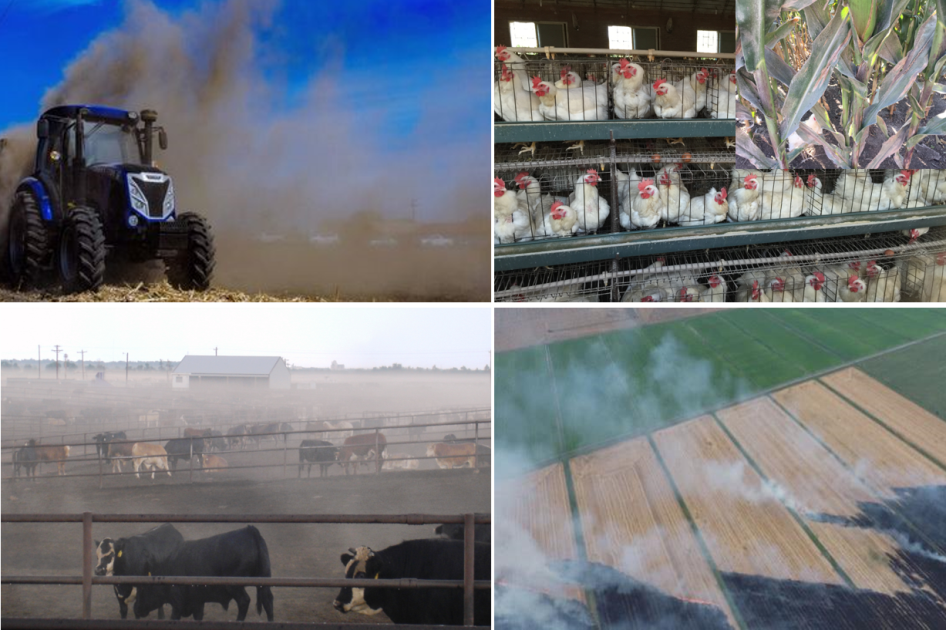Atmospheric Pollution of Agriculture-Dominated Cities
A special issue of Atmosphere (ISSN 2073-4433). This special issue belongs to the section "Air Quality".
Deadline for manuscript submissions: closed (31 January 2022) | Viewed by 28681
Special Issue Editors
Interests: agricultural air pollution; climate change; emission inventory; simulation modeling; remote sensing of atmospheric environment
Special Issues, Collections and Topics in MDPI journals
Interests: agricultural air pollution; monitoring of agricultural environment; mitigation and filtration of agricultural pollutants; remote sensing
Special Issues, Collections and Topics in MDPI journals
Special Issue Information
Dear Colleagues,
The aim of this Special Issue is to provide recent advances in our understanding of the atmospheric pollution of agricultural regions or cities. This is an important because aerosols emitted during agricultural activities are major recurring sources contributing to atmospheric aerosol loading, which can aggravate local, regional, and even global air pollution. In agriculture-dominated regions or cities, air quality is closely linked to crop types and cultivation patterns, the ways in which livestock and poultry are fed, the living habits in the area, meteorological conditions, soil properties, and emission control measures. These activities emit considerable primary particulate matter and gaseous precursors (e.g., ammonia, volatile organic compounds, chemical substances, greenhouse gases) of secondary particulate matter. However, the complexity of chemical components in atmospheric pollutants, their spatio-temporal distributions, and heterogeneous reactions with gases remain unclear in different agricultural regions and cities.
Topics of interest for this Special Issue include but are not limited to:
- Air quality monitoring in rural or agricultural regions;
- Agricultural emission inventory of atmospheric pollutants;
- Formation mechanisms of atmospheric pollutants;
- Numerical simulation of agricultural pollution;
- Control measures, materials, techniques, and systems;
- Agricultural pollutant control materials.

Prof. Dr. Weiwei Chen
Prof. Dr. Li Guo
Guest Editors
Manuscript Submission Information
Manuscripts should be submitted online at www.mdpi.com by registering and logging in to this website. Once you are registered, click here to go to the submission form. Manuscripts can be submitted until the deadline. All submissions that pass pre-check are peer-reviewed. Accepted papers will be published continuously in the journal (as soon as accepted) and will be listed together on the special issue website. Research articles, review articles as well as short communications are invited. For planned papers, a title and short abstract (about 100 words) can be sent to the Editorial Office for announcement on this website.
Submitted manuscripts should not have been published previously, nor be under consideration for publication elsewhere (except conference proceedings papers). All manuscripts are thoroughly refereed through a single-blind peer-review process. A guide for authors and other relevant information for submission of manuscripts is available on the Instructions for Authors page. Atmosphere is an international peer-reviewed open access monthly journal published by MDPI.
Please visit the Instructions for Authors page before submitting a manuscript. The Article Processing Charge (APC) for publication in this open access journal is 2400 CHF (Swiss Francs). Submitted papers should be well formatted and use good English. Authors may use MDPI's English editing service prior to publication or during author revisions.
Keywords
- atmospheric pollution
- emission inventory
- agricultural air emissions
- rural air pollution
- interactions of rural and urban air pollution
- fate and transport of air pollutants






